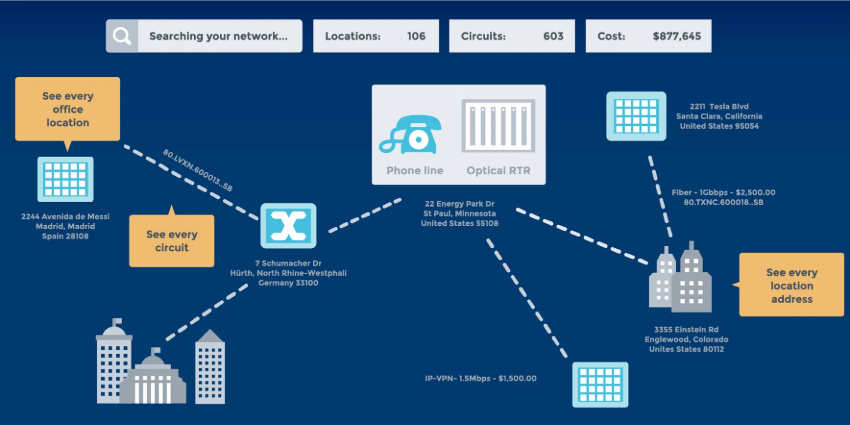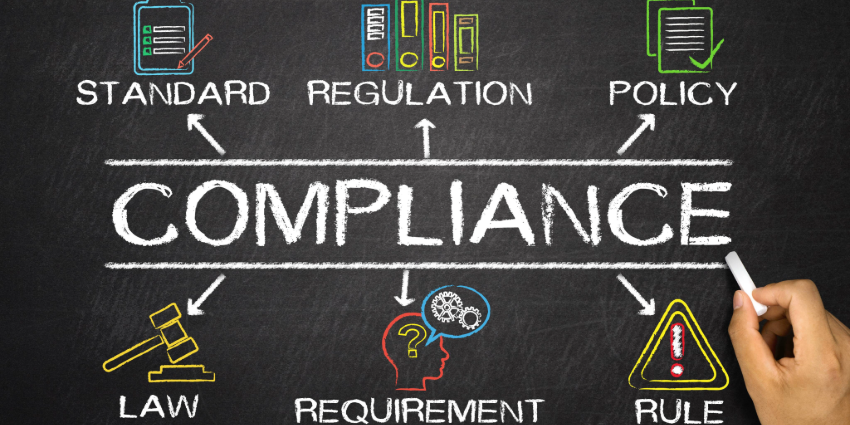Conversational intelligence and analytics have the power to transform businesses on a massive scale. More than just offering valuable insights into customer sentiment and preferences, the right tools can help companies optimize their entire workforce.
Today, the market for conversational intelligence and conversation AI is growing at a rate of 23.6%, demonstrating a significant increase in demand. As AI algorithms become more advanced and analytical tools grow more powerful, the focus on this technology will only continue to increase.
Today, we’re looking at some of the most significant trends in conversational intelligence to offer an insight into how much this market is growing.
1. Conversational Intelligence for Multiple Use Cases
The most common use case for conversational intelligence is to enhance customer experience. Conversation intelligence and analytical tools can offer valuable insight into customer journeys, behaviors, sentiments, and preferences, helping businesses boost customer satisfaction.
However, companies are beginning to recognize other opportunities, too. For instance, conversation intelligence and analytics solutions can:
- Enable sales: Bots built with conversational AI can complete tasks on behalf of human beings. They can walk customers through the sales journey, suggest products based on previous purchases, and even process payment information.
- Boost productivity: A conversational AI chatbot in business can enhance collaboration and productivity. It can summarize and transcribe meetings, highlight action points from conversations, and guide employees through various tasks.
- Control devices: With IoT, conversational bots can link with devices like appliances, vehicles, and office automation solutions. This empowers team members to control various endpoints with nothing but their voices.
2. Conversational Intelligence and Generative AI
While conversational AI and generative AI are two different concepts, many vendors in the intelligence landscape are beginning to connect the dots. Companies can use data collected from conversational analytical tools to power bots that use conversational algorithms like natural language processing and generative AI capabilities.
They can design bots for specific purposes, like suggesting product recommendations to customers, guiding employees through a sales call, onboarding new team members, or training staff. The combination of conversation intelligence and generative AI makes it possible to automate and enhance a range of processes in the business landscape.
Adding generative AI to the mix can even allow companies to create their own “AI staff members.” Companies like Microsoft are already working on this with their Microsoft Team Copilot service.
3. Technology Consolidation for Holistic Intelligence
Today’s team members access various digital tools daily, from UCaaS platforms like Microsoft Teams to customer relationship management apps. Combining all of these applications with a conversational intelligence solution that spans every ecosystem can deliver exceptional benefits for business leaders.
A conversational intelligence system that can pull data from every communication channel and connected platform can provide companies with more holistic insights. The right tools can analyze employee sentiment and engagement, helping businesses develop more engaging office spaces.
They can help companies understand each customer journey stage as buyers move through different channels. These tools can even surface valuable data to employees from different environments whenever needed, reducing the need to switch between applications.
4. Multimodal Capabilities in Conversation Intelligence
Multimodal AI is taking the world by storm, transforming how we process all kinds of data. Unlike other intelligent tools, multimodal solutions don’t just analyze straightforward text-based interactions. They can use speech-to-text to understand nuances in a call. They can even use computer vision to draw insights from video conferencing sessions and images.
Conversational intelligence tools that can span multiple communication channels and draw valuable insights from each will generate significant results for business leaders. Rather than just relying on call recordings and real-time monitoring for insights, they can combine data from various interactions for a holistic view of their target audience.
By 2026, IDC predicts that around 30% of AI models will be able to blend multiple modes of data to deliver insights to business leaders. This will take the power of conversational intelligence and analytics to the next level and improve omnichannel customer service.
5. Advancing Intelligence
Today’s conversational intelligence systems aren’t just becoming more effective at understanding and processing different data types. Advanced AI training methods and algorithms pave the way to a future where bots can understand human emotions more effectively.
Already, we have tools in the business landscape that can detect certain aspects of sentiment, whether you’re analyzing internal meetings or customer conversations. However, advanced training methods will allow bots to become more effective at differentiating between nuanced emotions.
Although AI systems may never fully understand or replicate human emotion, they will be able to more effectively identify negative and positive emotions in the years to come. This will help organizations better understand the “feeling” behind the conversations they analyze.
6. Increasing Integration with Cutting-Edge Tech
We’ve noted that conversational intelligence tools are increasingly intertwined with various business applications. However, innovative vendors are also looking for ways to add conversational intelligence, analytics, and even generative AI into other innovative technologies.
For instance, in the extended reality landscape, conversational intelligence will allow businesses to build virtual assistants to guide customers through experiences in virtual, augmented, and mixed reality. They’ll be able to create characters for the metaverse that replicate human emotion and respond to customer sentiment.
Conversational intelligence tools may also become more deeply integrated with the “Internet of Things.” Built into IoT devices, these tools can offer more proactive customer care, predict buyer needs in real-time, and even assist customers in real-world transactions.
7. Conversational Intelligence Enables Proactivity
Speed has always been crucial in the business landscape. Whether you’re trying to design the most engaging office for your workforce or deliver excellent customer experiences, faster action drives better results. With conversational intelligence, companies can take a more proactive approach to everything they do.
From a workplace perspective, intelligent tools can help companies identify opportunities to improve employee engagement and collaboration. By analyzing the nuances of previous meetings, you can make valuable changes to the workplace.
In the customer experience landscape, conversational intelligence tools can draw on insights from previous interactions with customers. This helps teams deliver personalized recommendations and guidance to customers. These tools can even monitor conversations for signs of reoccurring issues. This helps companies pinpoint technical problems, trends, and concerns in advance.
The Rise of Conversational Intelligence
Conversational intelligence has proven itself to be a vital tool for business leaders. Generating insights from communications data offers organizations incredible opportunities to optimize operations, enhance customer service, and reduce costs.
As the AI algorithms and models powering conversational intelligence and analytics tools become more advanced, this technology’s potential will only grow.







